The Olympic Games is the pinnacle of sports. Just earning the right to compete in the quadrennial extravaganza is the ultimate in numerous sportsperson’s career. And winning an Olympic gold medal is the equivalent of a film personality bagging an Oscar.
Every Olympic champion has carved his or her place in the 125-year history of the Games. But there are some who stand out from the rest for their sheer tenacity, willpower and determination to overcome illnesses, injuries or physical disabilities and emerge victorious.
Here are the stories of 10 such amazing and inspiring athletes.
OSCAR PISTORIUS, SOUTH AFRICA, ATHLETICS
Both his legs had to be amputated when he was just 11 months old, due to a congenital defect. He still became a runner and participated in Paralympic events before graduating to regular events with prosthetic feet. Dubbed as ‘Blade Runner’, Oscar became first double-leg amputee to compete at the Summer Olympics, at the London Games in 2012. He ran in 400m and 4×400 m relay, clocking his best individual timing in 400m. In the relay also, Oscar and his South African teammates achieved their best ever timing. As icing on the cake, he was chosen to carry the South African flag at the closing ceremony. In 2015, Oscar was convicted for murder of his girlfriend Reeva Steenkamp and handed a 15-year prison sentence. His image may have been tarnished, but his extraordinarily unique sporting achievements can’t be erased.
GEORGE EYSER, USA, GYMNASTICS
Born to German parents, who migrated to the US when he was 14, George Eyser was run over by a train and lost a leg, which had to be amputated. But he refused to give up on his favourite sports gymnastics, and got a wooden prosthesis fitted. He targeted the 1904 Olympics, undeterred by the fact that he would be 34 then. He went on to win 6 medals, including three gold medals in parallel bars, long horse vault and 25-foot rope climbing.
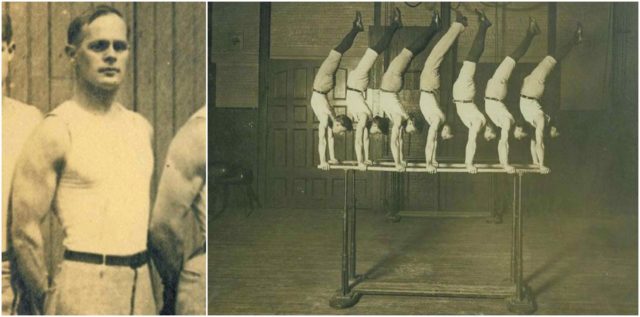
OLIVER HALASSY, HUNGARY, WATERPOLO
Like George, Oliver Halassy was run over by a train and lost his left leg below the knee. He was just 11 years old then, but the severe setback didn’t affect his dream of being a professional swimmer. He became the first amputee swimmer to compete in the Olympics. He participated in three consecutive Olympics from 1928 and helped the Hungary waterpolo team clinch silver medal in the 1928 Games and gold medals in 1932 and 1936 Games. Oliver played every match in those three Olympics, scoring 3, 11 and 6 goals, respectively. He was also crowned European 1500m freestyle swimming champion in 1931.
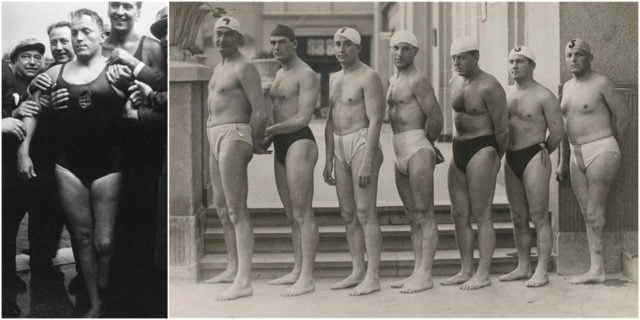
CARLO ORLANDI, ITALY, BOXING
Born deaf and mute, Carlo Orlandi took a liking to boxing at a young age and is said to be the first deaf sportsperson to compete in the Olympics. He represented Italy in the 1928 Olympics and claimed gold medal in lightweight division at the age of 18. Carlo turned professional thereafter and had a glorious career which lasted till 1944. Considered a legend in Italian sports, Carlo won the Italian and European lightweight titles. He had an enviable record of 97 wins (12 by knockout) and 19 losses in his professional career.
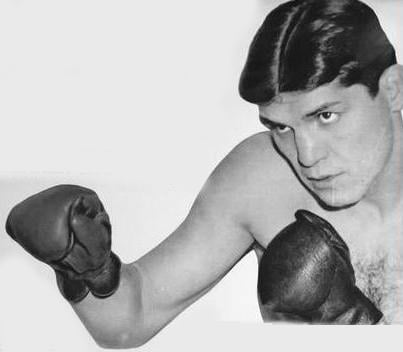
KAROLY TAKACS, HUNGARY, SHOOTING
A sergeant in Hungarian Army, Karoly Takacs aspired to shoot for his country in the Olympics. He was the best shooter but missed out as only commissioned officers were allowed to participate in Olympics. After that rule was lifted, he eyed the 1940 Olympics. But misfortune struck Karoly, as a faulty grenade exploded during army training in 1938 and badly injured his right hand. Incredibly, he started practising with his left hand. However, bad luck continued to chase him, with the 1940 and 1944 Olympics being cancelled due to World War II. Undeterred, he continued to practise and finally got his chance in the 1948 Olympics. Shooting with his left hand, the 38-year-old Karoly stunned the reigning world champion to clinch gold medal. He retained the 25m rapid fire pistol gold medal in 1952 Olympics. He participated in a third Olympics and finished 8th.
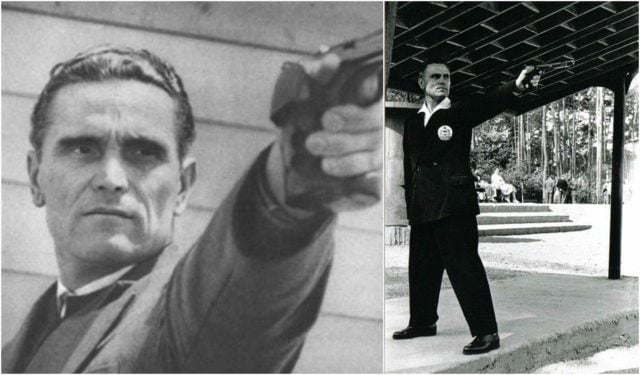
LIS HARTEL, DENMARK, EQUESTRIANISM
Lis Hartel was already a champion horse rider when she contracted polio at the age of 24, which permanently paralyzed her below the knees and also affected her hands and arms. She was pregnant at that time, but delivered a healthy child. Doctors advised her to quit horse riding, but she refused. The determined Lis went on to compete in individual dressage event at the 1952 and 1956 Olympics, winning a silver medal in both Games. What makes her achievement even more remarkable is the fact that this event was open to men and women, and it was the first time a female participant won a medal competing against males. And to think that Lis had to be helped on and off a horse, and she did not have a single muscle below the knees. Incredible indeed!
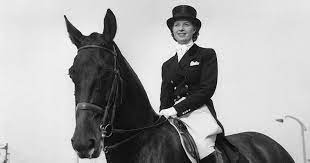
NEROLI FAIRHALL, NEW ZEALAND, ARCHERY
She was an athlete, but fate had other plans for her. At the age of 22, she was involved in a motorcycle accident which left her paralyzed, waist down. She then switched to archery and made rapid strides to become the first paraplegic competitor in Olympic Games, at Los Angeles in 1984. Two years prior to that, she won gold when archery was introduced in the 1982 Commonwealth Games. She participated in 4 Paralympics, but the crowning glory of her career was participation in the 1984 Summer Olympics. An inspiration for millions of budding sportspersons, Neroli was awarded an MBE for her services to the sport.
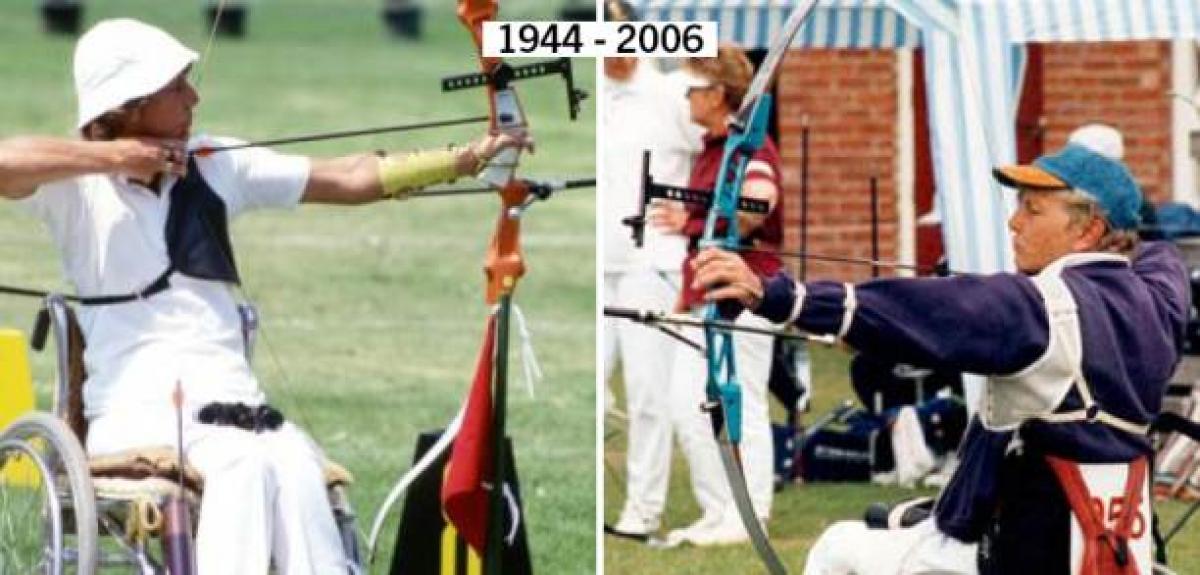
JEFF FLOAT, SWIMMING, USA
Jeff Float was diagnosed with viral meningitis when he was just 13 months and became partially deaf. He had no hearing in 90% of right ear and 65% of left ear. The physical disability didn’t come in the way of his pursuit of swimming. He became the first legally deaf sportsperson to win an Olympic gold medal as part of the world record-breaking 4×200 metre American relay team in the 1984 Olympics. So loud were the cheers of 17,000-strong home crowd that Jim said it was the first thing he ever heard in his life. In the 1977 World Games for Deaf, he bagged 10 gold medals with 10 world record performances – a feat which has not been repeated.
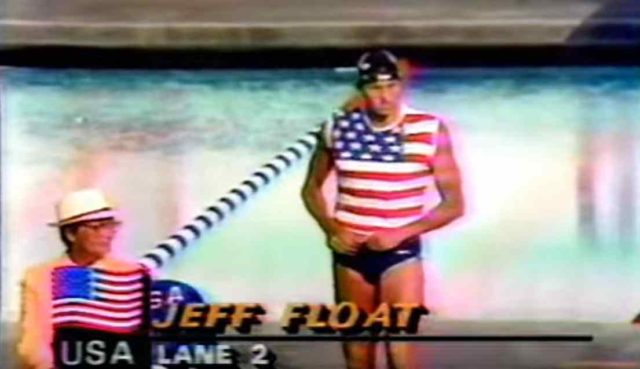
MARLA RUNYAN, TRACK & FIELD, USA
A legally blind person as a track and field athlete, middle-distance runner and marathoner! Sounds unbelievable, but Marla Runyan made it possible. This amazing sportsperson was a multi-event participant at the 1992 and 1996 Paralympics. She competed in 100m hurdles, 200m, 800m, high jump, long jump, shot put, javelin and heptathlon — winning 5 gold medals and a silver. However, her dream was to participate in the regular Olympics, and that was fulfilled at the 2000 Games in Sydney. Marla took part in 1500m and finished 8th. She also qualified for and participated in 5000m in the 2004 Athens Olympics.
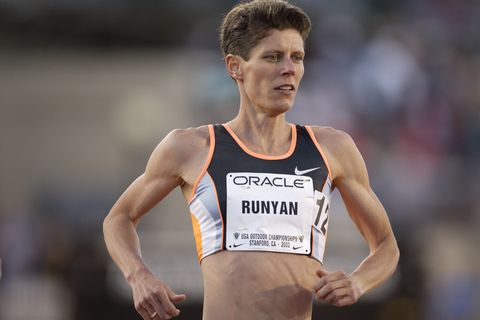
WILMA RUDOLPH, USA, ATHLETICS
Born prematurely, the 20th of 22 siblings from her father Ed Rudolph’s two marriages suffered from serious early childhood illnesses. She had pneumonia and scarlet fever, before contracting infantile paralysis, which is caused by poliovirus, at the age of 5. She recovered from polio but lost strength in her left leg and foot. Yet, Wilma went on to become an iconic figure in international track and field. The American sprinter competed in 200m and won bronze in 4×100m relay at the 1956 Melbourne Olympics. She followed it up with three gold medals — in 100m, 200m and 4×100 relay — at the 1960 Rome Olympics. Recognized as the world’s fastest woman in the 1960s, Wilma was the first American female to win 3 gold medals at a single Olympic Games.
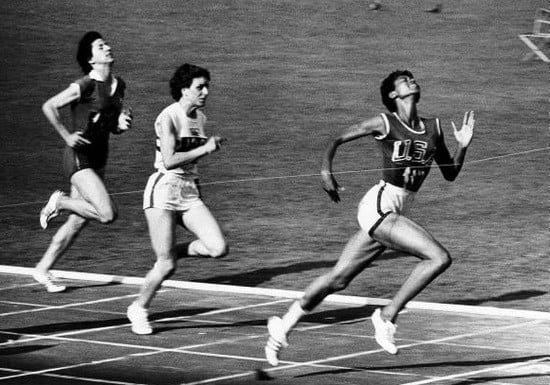
(Pictures credit: Getty Images, Wikipedia, Vintage news com, Paralympic.org)


